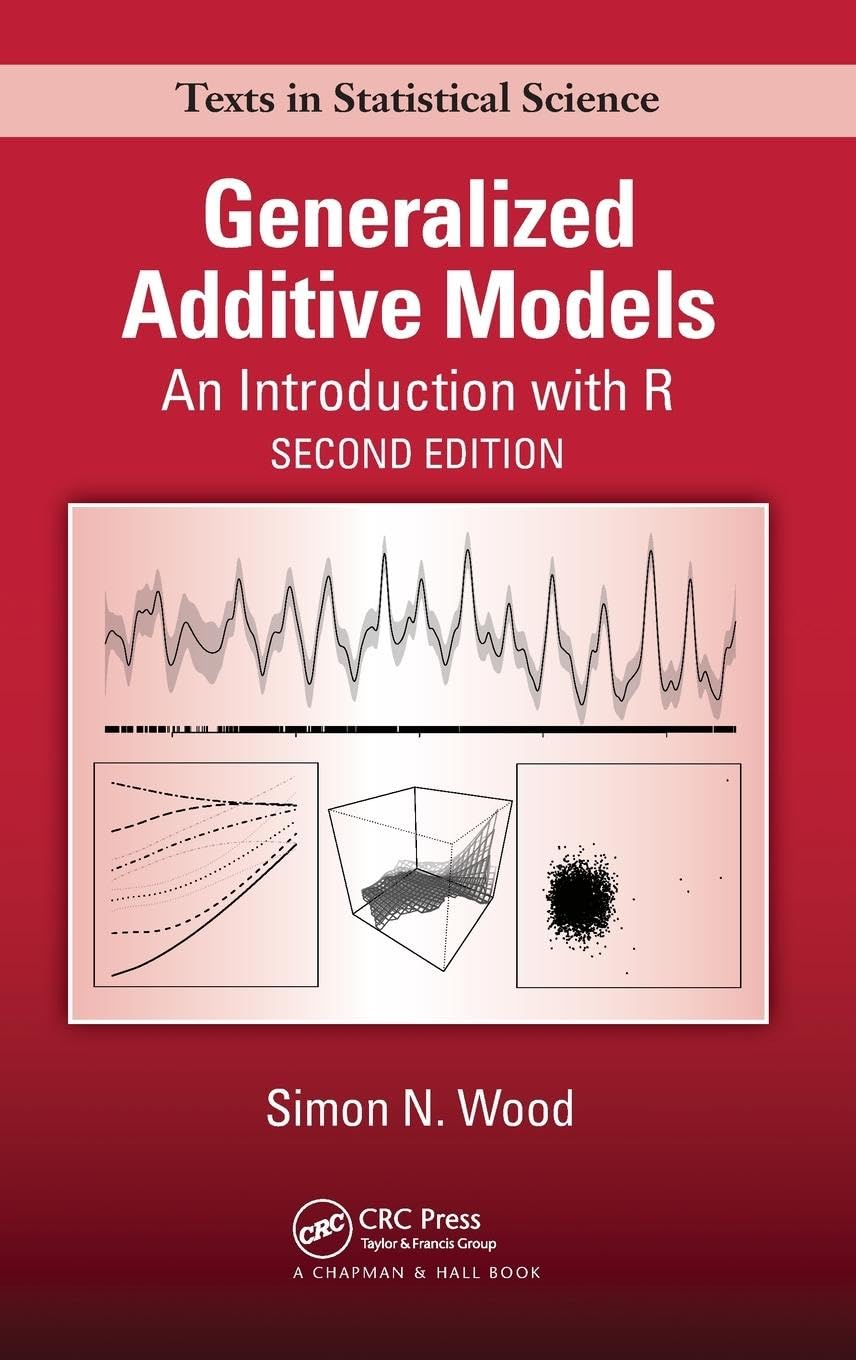
As someone who's wrestled with non-linear relationships in datasets for years, I can confidently say this book is a game-changer. The 2nd edition improves upon the first with clearer explanations and valuable new content like adaptive smoothing techniques.
The real strength lies in how it bridges theory and practice. While working on an environmental dataset with uneven sampling intervals, the adaptive smoothing section saved me days of headache. The mgcv package examples are particularly well-integrated - I've literally kept this book open on my desk while coding complex models.
That said, be prepared for some dense mathematical sections. The QR decomposition explanation in Chapter 2 nearly made me quit before reaching the good parts. This isn't light reading - you'll need solid linear algebra foundations to fully appreciate the theory.
The removed summary table from the 1st edition is sorely missed (publisher, if you're listening - bring it back!). And while Wood's writing improves after the rocky start, some concepts could use more intuitive explanations alongside the geometric plots.
For practitioners, the real gold lies in Chapters 4 onward. The Cox proportional hazards implementation example helped me solve a tricky survival analysis problem just last month. The Bayesian perspective sections are also surprisingly accessible given the complex subject matter.
Would I recommend it? Absolutely - but with caveats. Keep your linear algebra textbook handy for the first few chapters, and be prepared to re-read sections multiple times. This isn't a casual introduction, but for serious modelers willing to push through the tough parts, it's an invaluable resource that will permanently upgrade your statistical toolkit.

